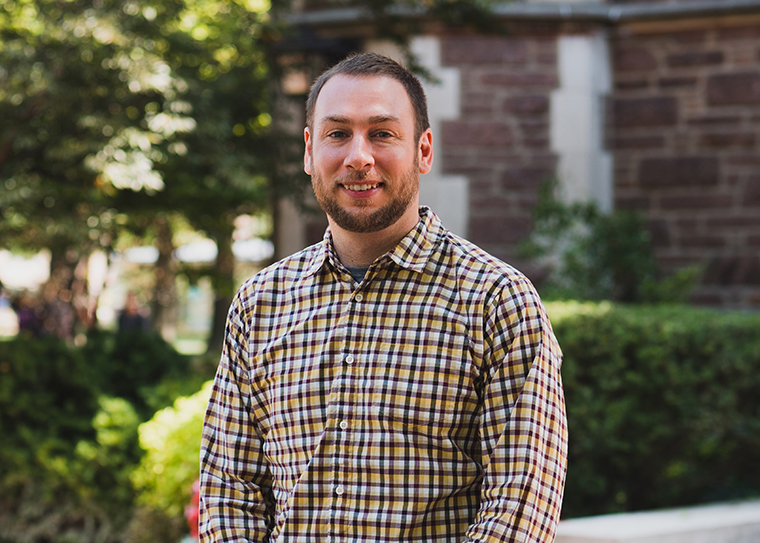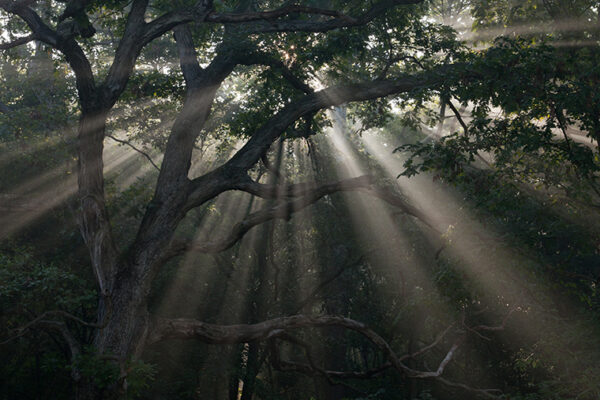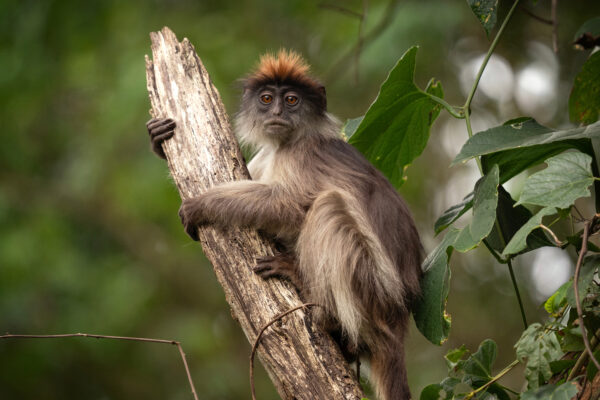A large study involving 43 research plots in the Forest Global Earth Observatory (ForestGEO) Network — including a swath of trees at Tyson Research Center, the environmental field station of Washington University in St. Louis — has helped clarify the power of underground fungi to shape forests.

From the tropics to the far north, fungi in the soil seem to directly determine the number and types of trees that can thrive in a given area, said Jonathan Myers, an associate professor of biology whose work at Tyson contributed to the global findings. The study was published in Communications Biology.
Many trees depend on a special partnership with mycorrhizal fungi that grow around their roots. The fungi provide the tree with nitrogen, phosphorus and other nutrients, and the tree gives the fungi carbon in the form of sugar and lipids for energy. “It’s a mutually beneficial arrangement,” Myers said.
The results from this study suggest that fungi are more than casual acquaintances with their tree companions: the fungi drive diversity — or lack thereof.
Specifically, the underground back-and-forth helps explain why tropical forests can support multiple species of trees in a small area, why forests in the far north and south are often dominated by just a few species, and why the oak and hickory forests at Tyson fall near the middle of the diversity spectrum. “The study really zeroed in on one of the basic patterns in ecology, which is that forests become more diverse the closer you get to the equator,” Myers said.
Researchers used mathematical models and tree surveys to track the impact of different types of mycorrhizal fungi on diversity. The study suggests that a shift from one type of fungi to another has had major consequences for tree diversity.
A better understanding of fungi helps put the trees of Tyson into perspective, Myers said. Roughly halfway between the tropics and the boreal forests of northern Canada, Tyson is home to both of the kinds of fungi examined in the study. It also boasts a moderate mix of trees that is neither wildly diverse nor unrelentingly monotonous. Tyson’s position between the extremes made it a valuable source of data for the global study.
To further understand the forces driving forest diversity, researchers should study exactly how fungi interact with tree roots at a physical and chemical level, Myers said. “We have a lot more work to do underground,” he said.
Read more on The Ampersand website.


